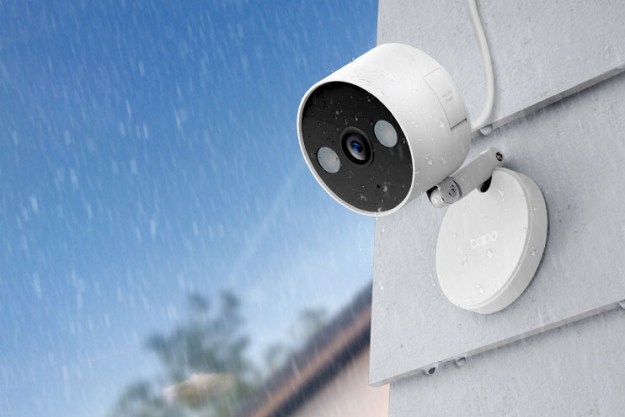We have written about Honomobo’s modular shipping containers being used by customers as homes, getaway cabins, and even multi-family homes. Now, the Canadian innovators are taking a shot at transforming the bar scene with a completely independent container cantina that can be shipped and set up anywhere.
Naturally, it’s called the Honomobar and it’s a moveable bar forged out of a shipping container. It can be literally plugged in and used at a moment’s notice, or locked up for the night with a few simple moves. The bar container is 8 feet by 12.6 feet with a 100-square foot footprint, giving it just enough room to host quite a lively party or drop a pop-up restaurant on the fly. A black aluminum roll shutter allows for nightly or seasonal lock up. Inside, Honomobo has kept to its meticulous aesthetic standards, using Canadian fir-treated butcher block for the bar top, a three-foot cedar overhang to keep the rain or snow away, and acid-wash steel panels to add sleek accents to the joint.
For the sake of mobility and transport, the Honomo bar doesn’t need a foundation but it does require a crane to set it down or pick it back up for moving days. The team at Honomobo, including says it can ship anywhere in North America. To prove its point, the company recently organized something of a company retreat, setting up a waterproof Honomobar in the dead of winter in the Canadian Rockies.
“We will literally send a Honomobar anywhere you want a party, try us.”
“To showcase that it is literally a party in a box we opened it and spent the day on the top of a mountain,” Honomobo said in a Facebook post. “This is the story of our excellent day on Fortress Mountain in the Canadian Rockies. We will literally send a Honomobar anywhere you want a party, try us. Set the bar.”
As with most modular building products, the cost is radically cheaper than buying a real bar. Interested parties can reserve a unit, which will start shipping the first of May, for $1,000. The current total purchase price is just shy of $20,000. Buyers will also remember they need to pony up some extra for local taxes, foundations, delivery, setup, and any building permits. The units aren’t wired for electrical or plumbing, which hasn’t stopped the enterprising buyers of their residential units from adapting the containers with more creature comforts.
So whether you want a cabana bar by the pool, a pub in your own backyard, a nightly retreat by the lake or a cozy getaway high in the mountains, Honomobo is happy to set you up with your very own Honomobar. In four to six weeks you can be serving up margaritas — Jimmy Buffett records not included.






